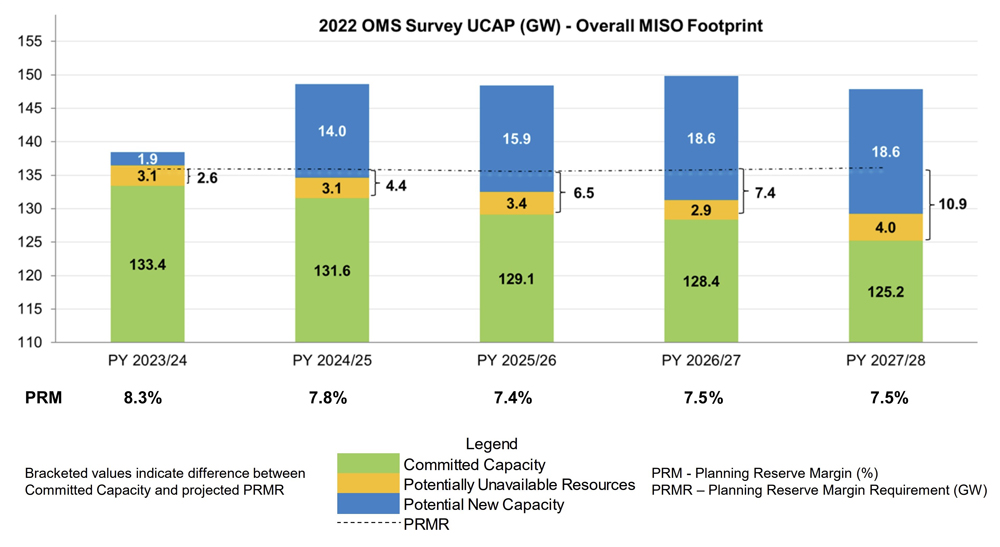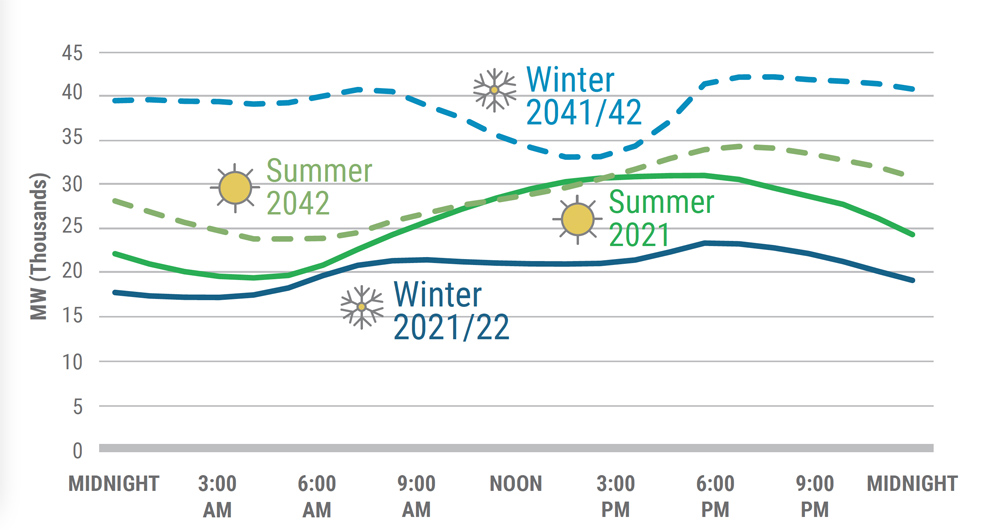California Gov. Gavin Newsom and Canada Prime Minister Justin Trudeau last week signed an agreement committing their governments to cooperate on a range of climate-related issues, including clean vehicles and technology, species conservation, use of plastics, and climate change adaptation.
“Canada and California have much to offer each other, in sharing information and best practices, collaborating on policy and regulation, and pursuing mutually beneficial joint initiatives,” the two leaders said in a joint statement Thursday announcing the Canada-California Climate Action and Nature Protection Partnership. “From clean technology and biodiversity conservation, to zero-emission transportation and a circular economy, the partnership will deliver for our citizens and deepen our economic partnership.”
Newsom and Trudeau signed the memorandum of cooperation (MOC) Thursday at the Summit of the Americas in Los Angeles. The agreement illustrates California’s continued push to drive climate policy on the international stage and ensure the state’s position as a technological leader. Last month, the state entered a similar agreement with New Zealand. (See Calif., New Zealand Forge Climate Pact.)
“We can’t fight the climate crisis on our own; we need to work together with partners all across the globe to achieve humanity’s most important task: saving our planet,” Newsom said at the summit. “This partnership with Canada is a vital step on California’s path to a cleaner, greener future and is the latest expression of our shared values.”
“Canadians and Californians share a commitment to building a clean, strong future,” Trudeau said. “Today, as we launch a new partnership on climate action and nature protection, we’re teaming up to deliver the clean air, healthy environment and good jobs our citizens deserve.”
In 2019, California and Canada signed a cooperation agreement that committed both governments to collaborate on developing regulations to cut greenhouse gas emissions from light-duty vehicles and accelerate the adoption of zero-emissions vehicles.
“Since then, our jurisdictions have both committed to mandate that zero-emissions vehicles represent 100% of new light-duty vehicle sales by 2035 and are taking decisive steps to transition the medium and heavy-duty sectors to zero emissions as well. This new partnership builds on these successes,” Thursday’s joint statement said.
The MOC stipulates that the two governments can cooperate on an array of issues, including collaboration and sharing of information or best practices related to:
- developing regulations, policies and programs around emissions and ZEV targets for light-, medium- and heavy-duty vehicles and off-road equipment;
- “advancing innovation, investment, adoption and scale-up of clean technologies,” including measures that reduce emissions by 2030 and achieve net-zero emissions by midcentury, and exploring opportunities to collaborate with academia and the private sector; and
- assisting biodiversity conservation efforts “in the face of climate crisis,” including protecting areas important for biodiversity, conserving 30% of lands and waters by 2030, and developing “robust monitoring and evaluation programs” to track progress on conservation goals.
The MOC also seeks to encourage sharing of information around “circular economy” initiatives and approaches that move beyond traditional recycling, with a focus on reducing plastics pollution.
The agreement dictates that California’s Environmental Protection Agency and Canada’s Environment and Climate Change department will establish a work plan to achieve the objectives set out in the MOC and report on their progress annually.
In addition to the MOC, Newsom and Trudeau also committed their governments to co-host an Expert Roundtable on Wildfires and Forest Resilience at U.N. Climate Week, to be hosted in New York City in September.
“This event will bring together officials, academics, industry and civil society to chart our next steps forward on this common goal,” the joint statement said.

